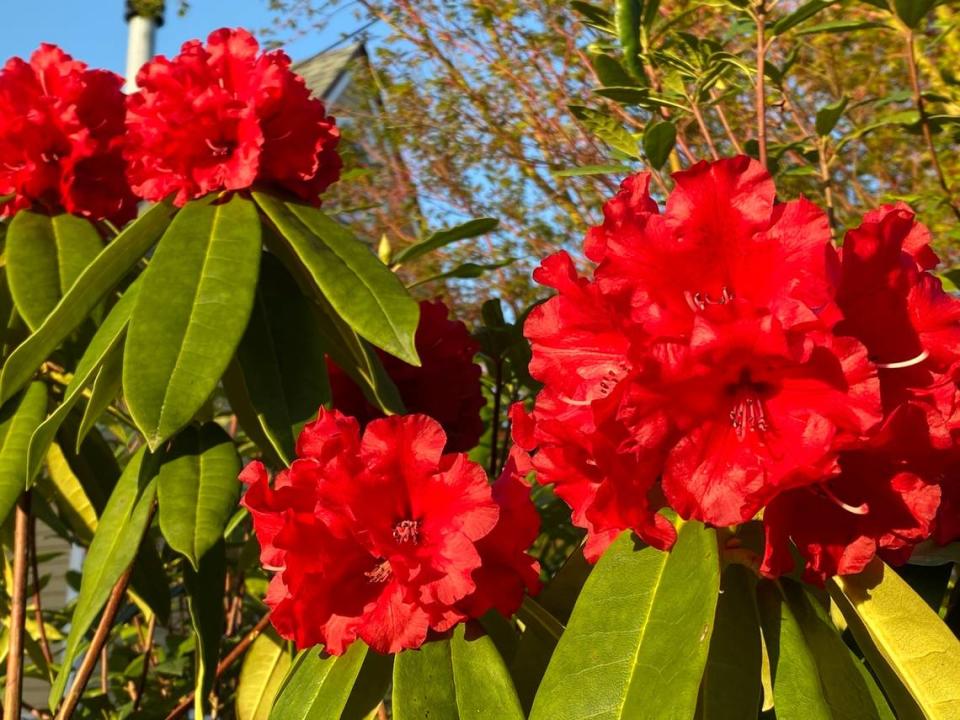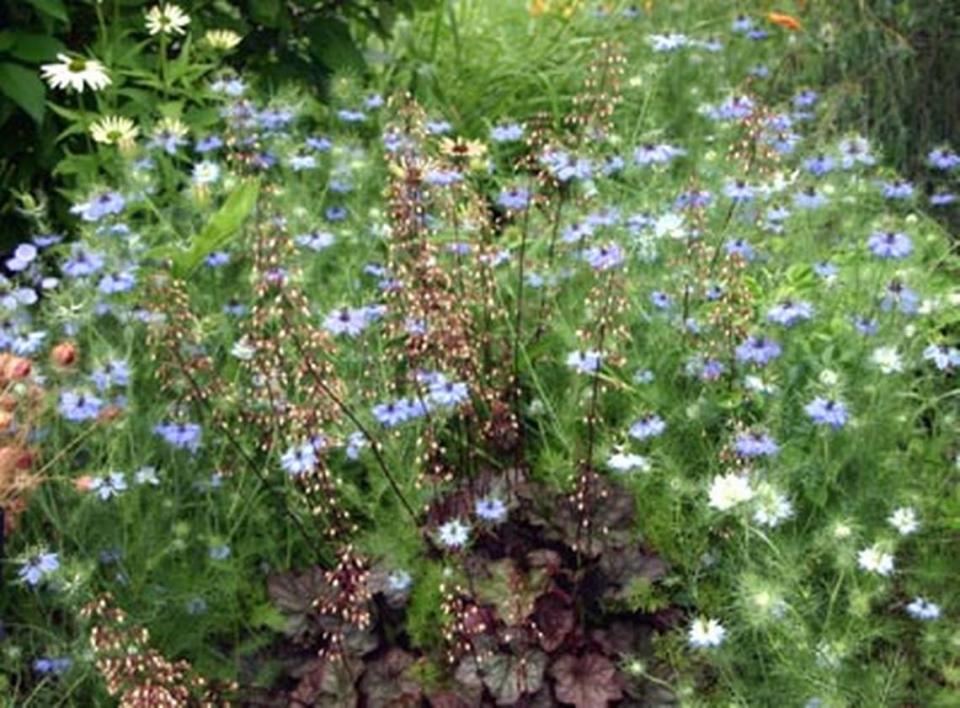A Western Washington gardening expert’s secrets to ridding her yard of slugs and snails
This is your reminder not to be an April Fool and plant warm-season vegetables such as tomatoes, peppers, basil or squash. In your container gardens do not yet plant coleus, begonias or impatiens. If you do, the joke will be on you when an April frost or chilly night arrives in a few weeks and these heat-loving plants become depressed and quickly rot in the cold soil.
You do have the green light to plant potatoes, dahlias, onions, radishes and lettuce. If in doubt about when to seed or add seedlings, read the seed pack or plant tag. Often you can cheat and plant earlier if you have a protected location, raised beds or a covering you can place over the young plants at night. Experienced gardeners just prefer to wait until the soil is warm and the nights are above 45 degrees.
Here some more tips for the beginning of April.
Q. Help! The slugs and snails in my garden are driving me nuts. They eat everything, even the blooms off my daffodils. We have pets so I don’t want to use slug bait. I see from your pictures on social media that you also have a lot of shade and moss so you must have slugs. I also see all the beautiful flowers and food you grow. What do you do? — D.G. Buckley
A. Slime control is a yearlong focus in my garden, but I have the upper hand after years of trial and error.
First, I keep the slug attracting plants such as dahlias, lettuce, petunias and pansies close to the house in what I call the “slug free zone.” This is where I use the pet-safe granules that use iron, not a harsh poison, to kill the slugs. Several companies make this product under the name “Worry Free” or “Escargo” or “Sluggo”. (Be sure to hide the bait under a clay flowerpot turned on its side to make it more difficult for birds to eat the bait. It does not harm the birds, but the bait is expensive.)
My dirt-cheap trick is to mix up a spray bottle of one third ammonia and two thirds water. This diluted ammonia can then be sprayed onto the tiny baby slugs that cling to pansy stems and hide at the base of your hosta. The ammonia converts to nitrogen as do the slugs when you spray them, so you are feeding the plants as you melt the slugs. I store an old Windex bottle filled with the ammonia mix behind my hosta plants. This way nobody mistakes that the mix is water and it comes in handy for washing windows as well. Remember ammonia and water is what your grandmother used before there were cleaning products to buy.
Next, I go on slug patrol at night or on rainy days to find any traveling slugs trying to relocate to the slug free zone. These I snip in half and add to the soil so as not to waste the nitrogen and other nutrients they store.
Snails are simply crushed.
My final tip is to check every new plant for tiny slugs or slug eggs before adding it to your garden.

Q. Is this a good time to move a rhododendron? It is just getting ready to bloom but is getting too large for the space it is growing. — T.H., Tacoma
A. Yes, spring is a good time to move or transplant most shrubs, and rhododendrons and azaleas are easy to move because of their shallow, compact root system. You may lose some of the flower buds if the rhododendron goes into transplant shock, but it will recover and bloom well the following spring.
Just be sure you don’t plant rhododendrons or azaleas too deep. The root ball needs to be sitting right at ground level and not smothered with too much mulch. Keep the soil moist but not wet before, during and after the transplant.

Q. Have you heard of a plant called Love-in-a-Mist and will it grow here? — P., Email
A. Yes, that is the common name for a cottage garden flower named Nigella damascema and is popular in English gardens. Here in the Pacific Northwest it may reseed and reappear year after year in the garden. This annual has airy blue blooms and fine foliage giving it a misty quality in the flower garden. You will find the seeds and sometimes the plants at local nurseries.
Marianne Binetti has a degree in horticulture from Washington State University and is the author of several books. Reach her at binettigarden.com.

